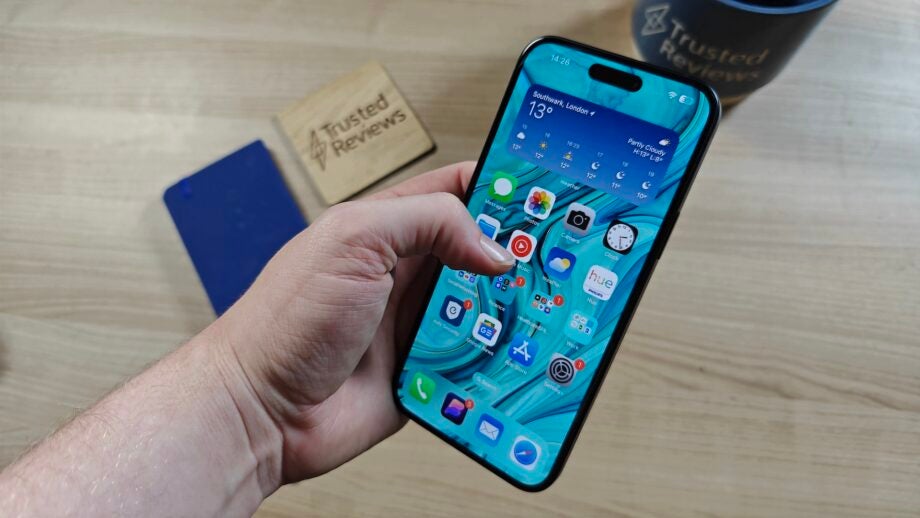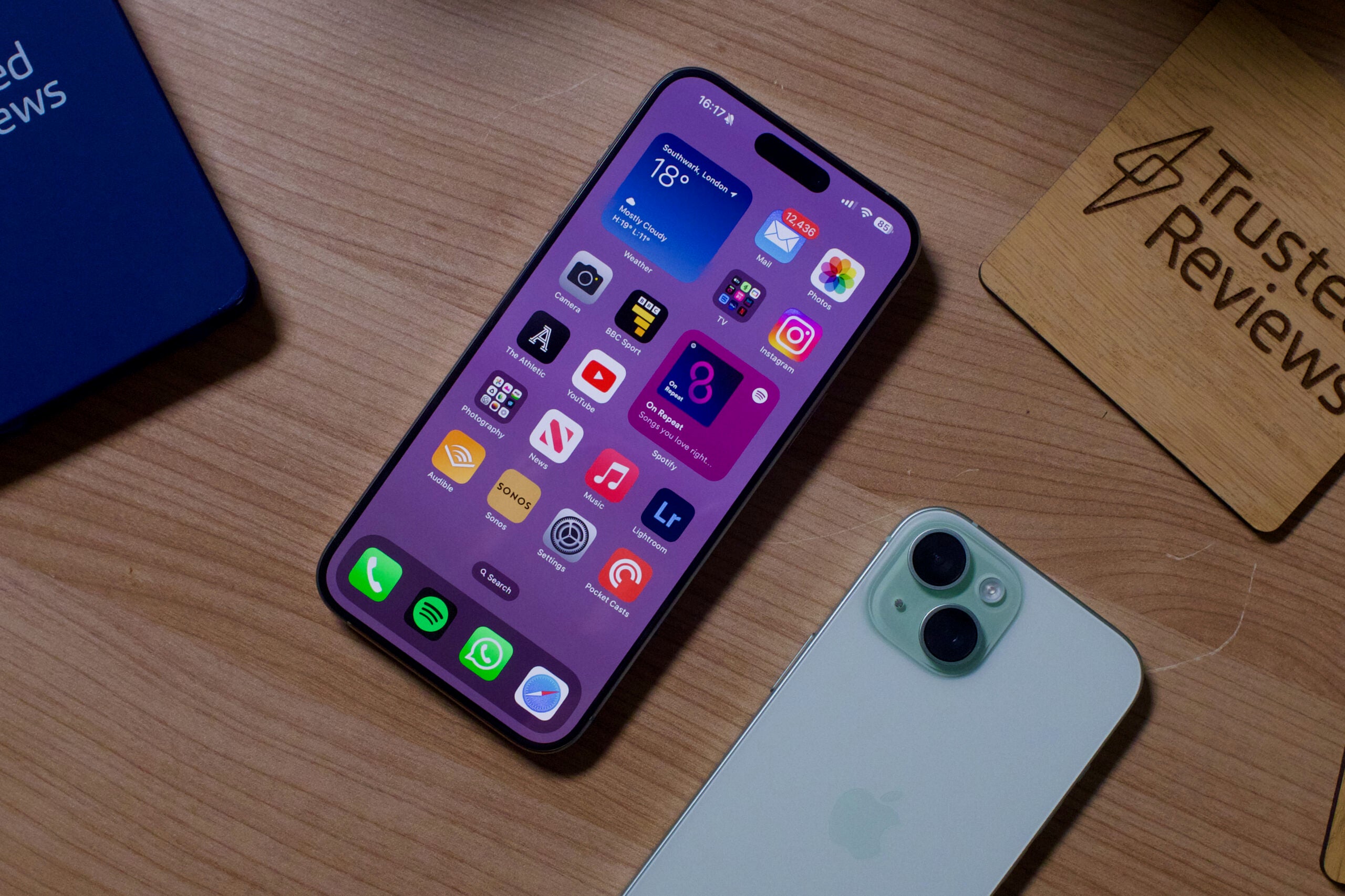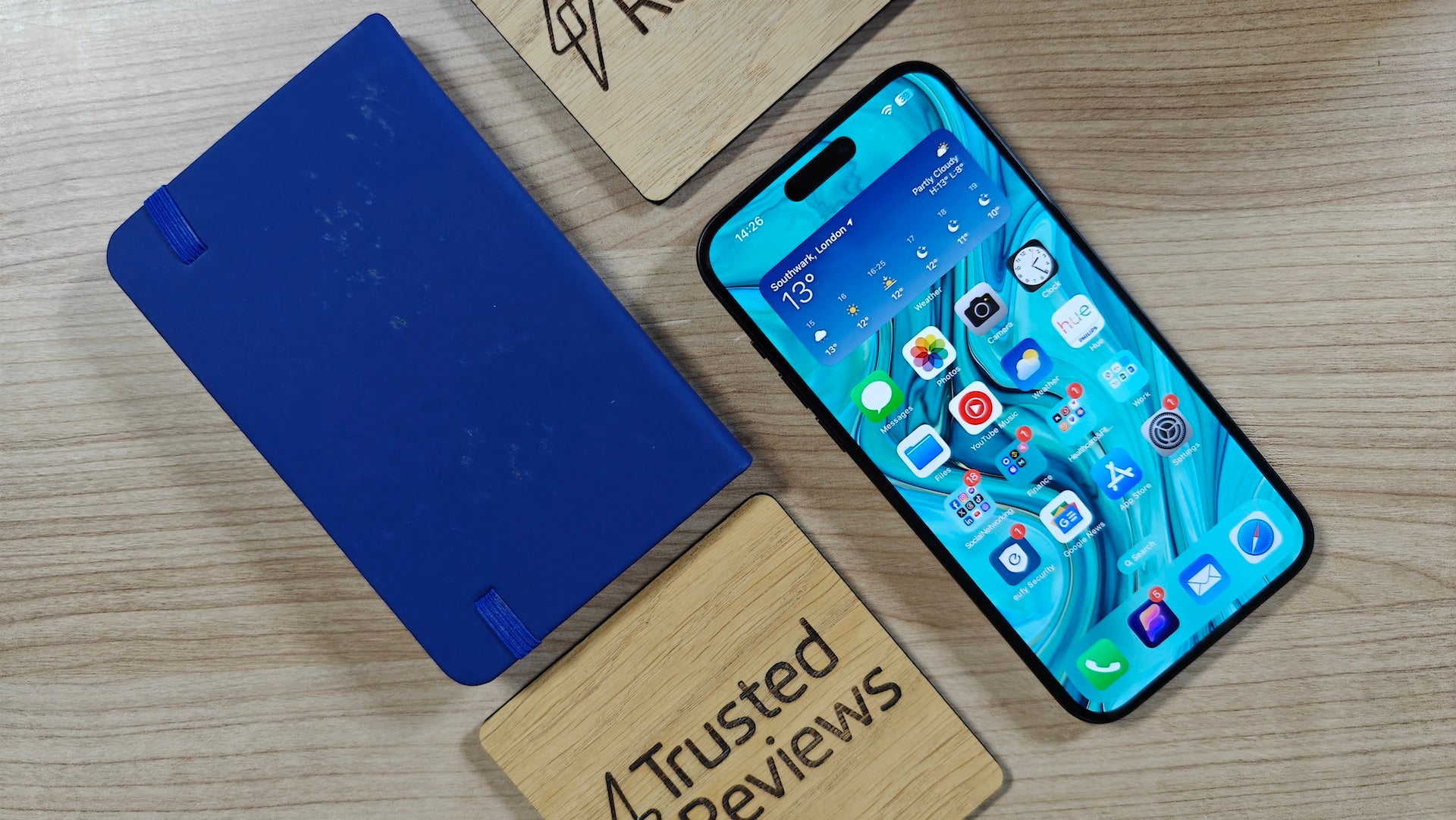What is Apple Stolen Device Protection? iPhone security feature explained

What is Apple Stolen Device Protection? When Apple released iOS 17.3 this week, it introduced a new security feature designed to safeguard iPhone users’ private information. Here’s how it works.
Stolen Device Protection is the headline new feature in iOS 17.3, which dropped for compatible devices on January 22.
It is designed for iPhone owners to give them an additional security layer for settings and key accounts if their smartphone is lost or stolen.
Here’s what you need to know
What is Stolen Device Protection?
Stolen Device Protection is an optional security measure that aims to prevent people who have become aware of your iPhone’s passcode and would seek to commandeer that device.
Essentially the protection boils down to times you’re able to use your passcode and when you must use biometrics like Face ID and, on the iPhone SE, Touch ID.

Galaxy S24 Ultra Deal
Tempted to upgrade to Samsung’s most premium flagship phone? Now’s your chance thanks to this incredible deal from Amazon.
- Amazon
- Was £1349
- Just £1249 with coupon
Once this new feature is enabled in iOS 17.3 it will come to the fore when an iPhone is in an unfamiliar location. When you’re at home or work, you’ll able to use your passcode as usual.
However, when you’re outside of those familiar realms, the company will restrict settings that can be accessed or changed via passcode authentication.
Actions where only biometrics will be permitted include accessing stored passwords, and financial information. They will only be available through Face ID or Touch ID. This way the phone can be sure it is you.
Security Delay
There’s a second element to Stolen Device Protection that requires that biometric authentication to be performed a second time, an hour after the first. This applies if you want to change your Apple ID password, for example.
This feature is designed to prevent someone quickly accessing the settings and essentially locking a user out of their device before the user can report it stolen.
Apple says: “In the event that your iPhone is stolen, the security delay is designed to prevent a thief from performing critical operations so that you can mark your device as lost and make sure your Apple account is secure.”
How to turn on Stolen Device Protection?
You can turn on Stolen Device Protection in Settings:
- Go to Settings, then tap Face ID & Passcode.
- Enter your device passcode.
- Tap to turn Stolen Device Protection on or off.
Apple says you must have two-factor authentication set up for your Apple ID, or enable a device passcode; Face ID or Touch ID; Find My; and Significant Locations via the Location Services settings must also be switched on.
Significant Locations (Settings > Privacy & Security > Location Services > System Services > Significant locations) learns places where you regularly spend time so ensure Stolen Device Protection doesn’t force you into additional safeguards when you’re at home, for instance.





